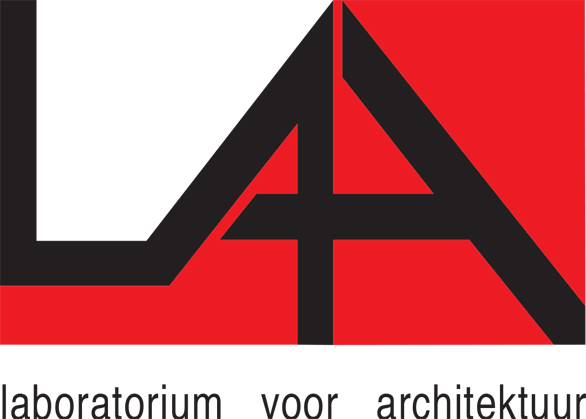[:nl]
Second DBEW International Design Competition: Beyond East & West, Korea
silver prize (cat. AJ)
2002
projectarchitect: Johan de Koning.
teamarchitects: Mark Boschman, Don Monfils, Chris Wattel
In this house is no room. Only activity takes place. In movable cupboards. Or vertical drawers. No room for a home: it is a homeless home. Thats is more like a machine, than any of the Modernists’ houses has ever been. It’s meta-modern. Existenz-minimum to the max. The only space that is left to inhabit is the left over space that is needed to make the cupboard able to move. It’s like the void in these abstract puzzles where you move around squares unlike you’ve reached the right pattern. The pattern of this house is so dense in activity and function that it is hard to dwell in there. The owners have to use it, make it work and act. Otherwise it’s a dead mechanism.
All activity of and in the cupboards is concentration in only a few square-meters. Cupboards are wide and undeep, narrow and can be crossed only in one direction. They are closed or half closed, can be moved toward eachother or from eachother in order to create a situation to enter and use them, to bring some light in and enjoy the interior. Each cupboard has its own interior, expressing and facilitates its use. Owners of the house can change interiors as they like, decorating the house conform their wishes.
Cupboards or drawers move like a machine but not mechanically, they are programmable but not automatical. Interruption by the user is obligatory. It’s movements are programmable though, even by a computer, still the owner rules the programme.
Living in this house is flexible, but always inside. Locked in. Hardly anything of what happens indoors is visible on the outside. These houses have no facades. In this architecture only plans and sections are important. But the outside exists. Put together in a row or in a block, an elevation grows, because a structure is needed to keep them together. But this structure reveals only shadows and falls views of closed cupboards. Screens and shadows. The house does not present itself, but it creates a presence in the plural, the community.
Inside it starts to come alive. In the safety of the interior. Whether this house is on its own or formed as a moderative or even massive collective, it never gives away its weak and soft intestines. It creates a challenge to the observer: is this a public or a private object?
Concentration on the interior makes it possible to experience a different way of living: dwelling is in the head, not in the house. This house is filled with cupboards but makes room for a concentration of quietness and emptiness: all activities and unavoidable usefullness of the different cupboards are still meaningless, because the poetry of living takes place in each individual person. It’s meaning is not the event of going through the cupboards, making them move and create different “rooms”. That spectacle – which it is – is not what we’re after. It is the free space that travelles through the house, when someone starts using it. This void brings room. And makes the house a real house eventually. A full house. A home.
It is no longer a piece of land, a part of the map, walls and a roof over your head, that create a home. It’s a place where any person can do his/her homeley activities. Even when one shares some acitivities with other in communal kitchen-drawers, bathroom-drawers, darkroom-drawers etc. it still is your home, by doing them. It makes the use of these functions even more sensitive and poetical. When you start building a large communal structure of this houses, it suddenly becomes evident how condensed the dream of living gets. It creates a sublimated retreat; a collective act of dwelling, that softly touches the public realm, without pressure from social structures and control.
We put down most of the house-activities we knew in the different cupboards. Seperated from eachother by use and function. But always close together and one by one in daily sequence connected to the void, that makes the house.
Not every house uses the same cupboards, though they could. Each owner can choose the cupboards he requires and decoration he wants.
The secret part of the house, the darkside of living in the interior, is symbolised in the dark-room. It is the exception. Here all that is unheard of happens. Not taking part in the efficiency of the house, this darkroom is the counterpart of the void. It is unnecessary necessity that balances the house. It’s the room for the primitive part of us people. The beastly part. The fourth dimension.[:]
